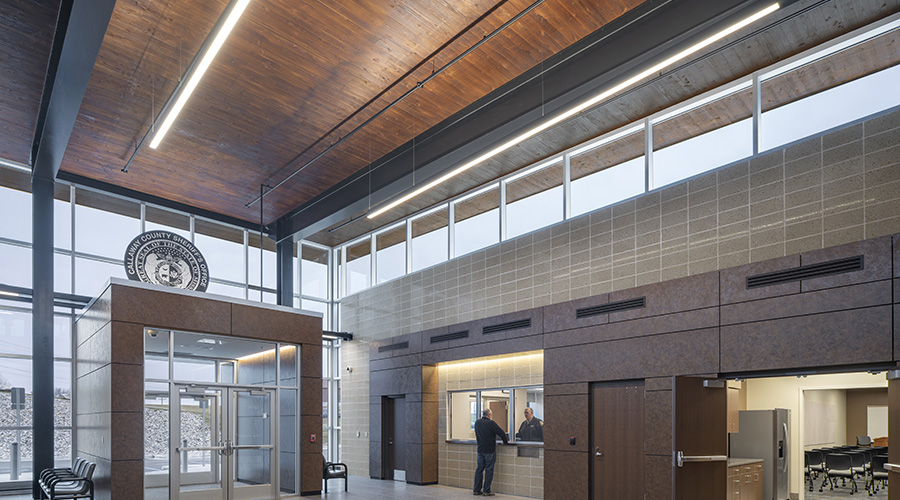Access Board Explores Airport Accessibility
Over 80 percent of travelers with disabilities report access barriers at airports, according to a consumer survey, so the Access Board is examining airport-terminal accessibility as part of an ongoing program to improve compliance and promote effective design
Over 80 percent of travelers with disabilities report access barriers at airports, according to a consumer survey, so the Access Board is examining airport-terminal accessibility as part of an ongoing program to improve compliance and promote effective design.
At its November meeting, the board conducted a full-day session on the topic as a first step in this initiative. Speakers briefed members on a range of topics, including ticketing kiosks, telecommunications, security screening, boarding bridges, research and consumer surveys. The Open Doors Organization, a nonprofit entity focused on promoting accessible consumer services, presented findings from its survey of consumers and results from outreach efforts with the airline industry.
Self-service kiosks increasingly are becoming the norm in airports and transit stations, stores, and other venues. These devices feature various interface technologies, such as touch screens, that by themselves are not accessible to all users, particularly those with vision impairments. Representatives from the U.S. Postal Service and Amtrak gave a presentation on system-wide installations of accessible self-service kiosks in post offices and train stations across the county. The meeting also covered telecommunications access for people who are deaf or hard of hearing, a common compliance issue at airports. Communication Services for the Deaf demonstrated new technologies, including a videophone enabling sign-language communication that has been piloted at Chicago's O'Hare International Airport.
The session also included presentations on research sponsored by the Transportation Research Board through its Airport Cooperative Research Program, and by the National Center on Accessible Transportation. Representatives from these organizations briefed members on projects studying airport signage and wayfinding information, boarding chair transfer, boarding technologies, aircraft lavatories, airport surveys, and real-time communication systems.
Airport security checkpoints and screening procedures have raised important considerations for passengers with disabilities, including those who use mobility devices, wear prostheses, travel with oxygen or other medical equipment, or have a sensory impairment. A representative from the Department of Homeland Security gave a presentation on emerging screening technologies, such as retina scanning, and programs and efforts to ensure access for all travelers. The meeting also touched on aircraft boarding, and a jet way manufacturer briefed members on key requisites and parameters governing the design of boarding bridges.
Related Topics:











